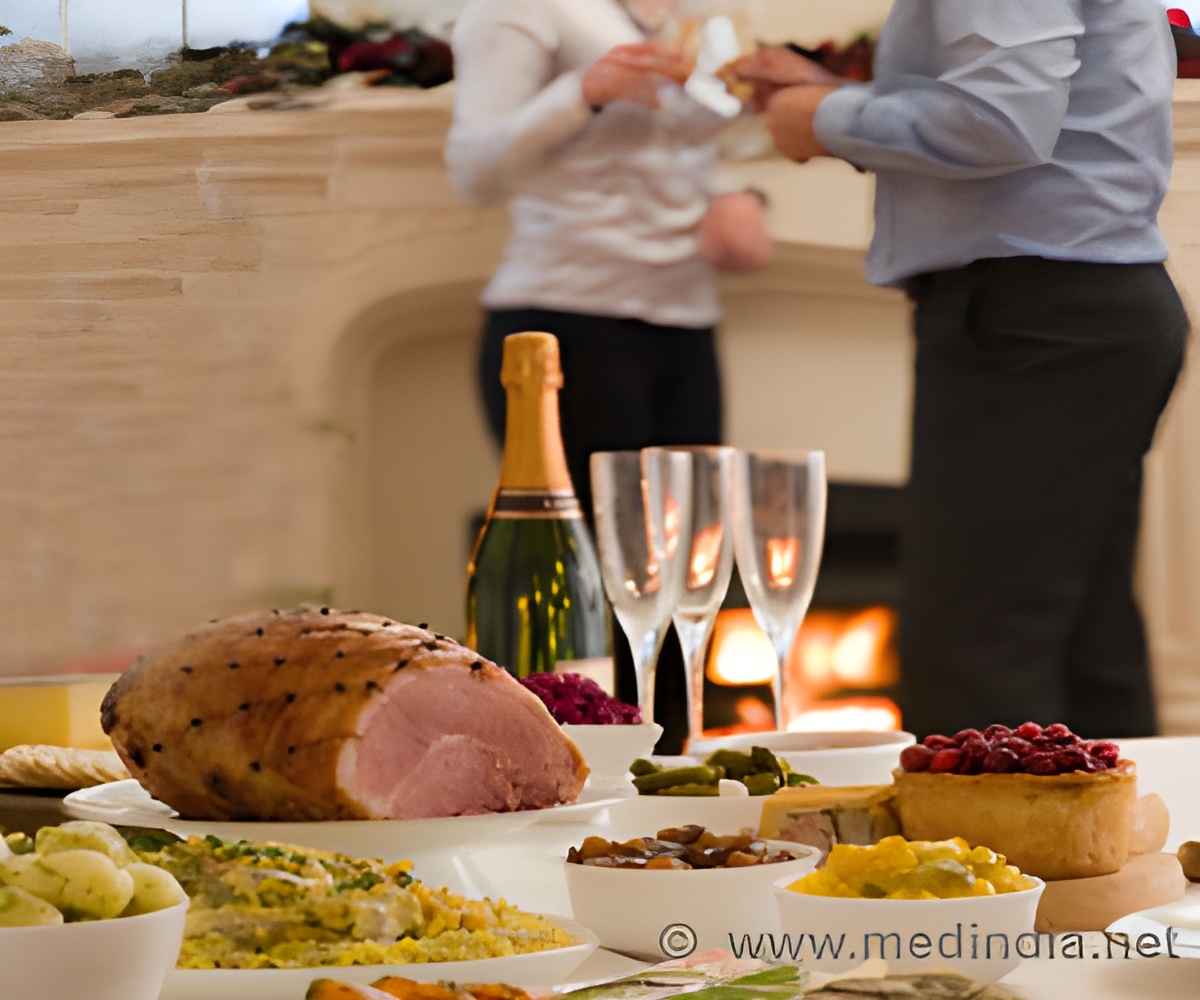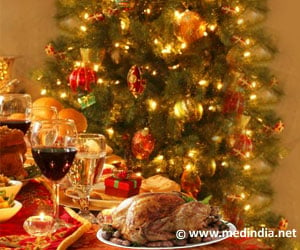Fruitcake would not be the holiday food people love to hate if they tried one made the traditional way.

‘People should get into their family cookbooks or the cookbook collection at their nearest library to see what their great-grandparents and others ate at Christmas.’





"You see fruitcakes on
ugly Christmas sweaters," Adams said. "It has evolved from being
something enjoyable to being very maligned."Adams said the reason for the fruitcake's devaluation in public opinion is because of the quality and type of ingredients that are used. Today's recipe is nearly unrecognizable from the one of the past, said Adams, who can point to recipes found in cookbooks dating back to 1487 that are part of K-State Libraries' Morse Department of Special Collections.
According to Adams, the Romans' fruitcake included pine nuts, pomegranate seeds, and raisins in a barley mash. By the Middle Ages in Europe, additional dried fruits were added, as well as honey and spices. Adams said the fruitcakes of today, except for the refined sugar and candied fruits, would be familiar to most people who lived in the 1700s and 1800s.
The original fruitcake was thoroughly saturated with alcohol, which acts as a preservative. The cake part of the original fruitcake included flour and eggs. It used lard or suet, which act as preservatives, instead of butter, which can become rancid over time. Adams said this focus on preservation is consistent with most traditional Christmas foods, which came from the need in older times to preserve foods through the winter.
This trend is also seen in jam cookies and sugarplums — the latter of which were considered an ideal treat for children because they did not contain alcohol, unlike many other traditional Christmas foods. This is likely why they were connected to children in the 1823 poem, "Twas the Night Before Christmas."
Advertisement
The traditional puddings of England, including the figgy pudding we continue to sing about, were much different from the puddings that are popular in the U.S. today, according to Adams. The traditional puddings were more cakelike and often included raisins or other dried fruits — hence the figs in figgy pudding. These puddings were soaked in plenty of alcohol, usually rum. Families would gather during Advent and light the pudding cakes on fire to create a celebratory flaming dessert, like flambé.
Advertisement
"I'd encourage everybody to get into their family cookbooks or the cookbook collection at their nearest library to see what their great-grandparents and others ate at Christmas," Adams said. "I'd also encourage folks to try making different foods. We sometimes get too set in our ways, but try something new — maybe something that was once popular and has been forgotten."
Source-Newswise














